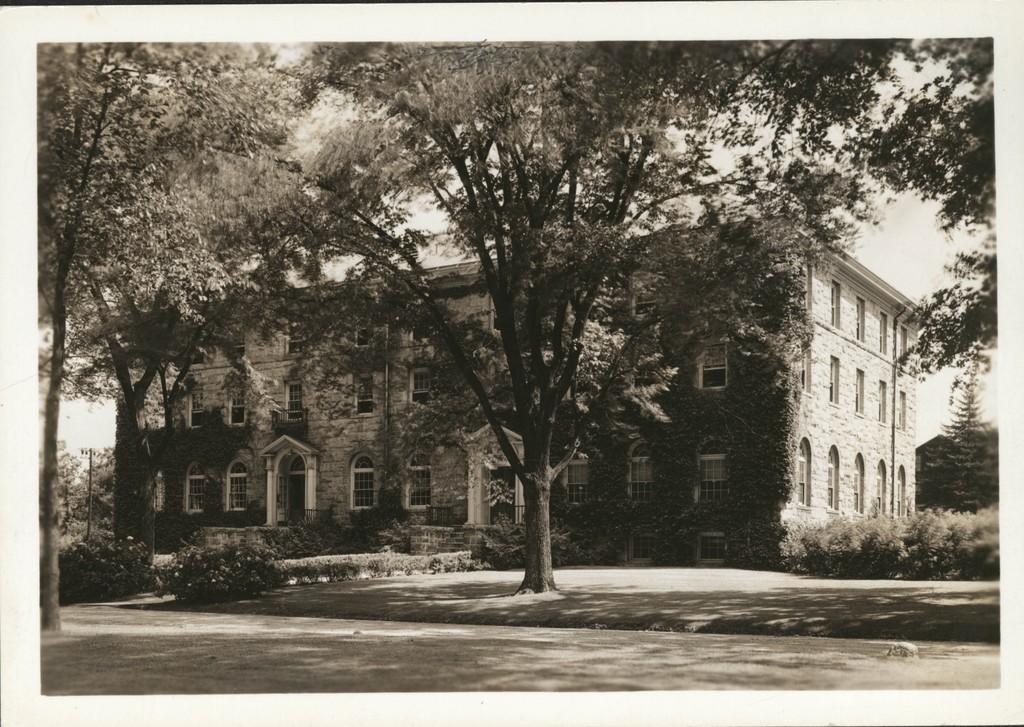East Hall is one of many buildings bordering the University of Rhode Island’s campus quadrangle, a spot that thousands of students walk through every day.
According to an article from Rhody Today, “Buildings on the URI Quadrangle Constructing History”, East Hall was named after its location. The building sits along Lippitt road on the northeast of the quad and was officially completed on Oct. 15, 1909, according to an article from URI’s alumni magazine, “East Hall Turns 100”.
According to “Detailed History” from URI’s website, University President Howard Edwards proposed East Hall’s construction after a decision was made where women were allowed to be admitted to the University in the early 1900s. This change would require gender specific dormitories, meaning East Hall was to serve as new housing for male students.
The building faced many difficulties in its initial completion, however. “East Hall Turns 100” explained that East Hall was initially set to be completed in 1908. Due to architectural disagreements and a tight budget, however, this was delayed. Eventually, R.A. Sherman had the winning bid of $36,877 to construct the hall.
Over the years since it was initially built, East Hall’s purpose has changed. The article “East Hall Turns 100” said it was initially built to serve as “a granite dormitory of late Georgian style to complement the three existing buildings on the Quad,” and to house University students.
In 1960, however, East Hall’s purpose changed to being an academic building according to “Detailed History” from URI’s website. The article, “Buildings on the URI Quadrangle Constructing History”, states that the physics department moved to East Hall “after residing in Quonset Huts during World War II.”
According to another article from Rhody Today, “Core of URI’s Kingston campus listed on the National Register of Historic Places”, East Hall is recognized as one among 17 buildings in the University of Rhode Island Historic District. These buildings are determined by the federal government to be in the National Register. Buildings recognized under this are defined by the article as “properties throughout the United States whose historical and architectural significance makes them worthy of preservation. ”
East Hall still stands today as home to the URI physics department.





